10 Practical Tips for Building a More Sustainable Home in North Vancouver
Sustainable building doesn’t have to be overwhelming or expensive—it starts with smart, well-informed decisions made early in the design and construction process. At Kennedy Construction, we’ve helped homeowners across North Vancouver integrate sustainable practices into custom homes, renovations, and deep energy retrofits.
If you’re planning to renovate or build, here are 10 ways to make your home healthier, more efficient, and built for the future:
1. Prioritize the Building Envelope
Investing in a high-performance building envelope—air sealing, insulation, and vapor control—is one of the most impactful steps in sustainable construction. A tight envelope reduces drafts, minimizes heat loss in winter and overheating in summer, and lays the groundwork for other systems like ventilation and HVAC to perform efficiently. We recommend continuous exterior insulation and advanced framing techniques to reduce thermal bridging.
2. Choose High-Performance Windows and Doors
Your home’s openings are also its weakest points thermally. Triple-pane, low-emissivity (low-E) windows with insulated frames reduce heat transfer, improve soundproofing, and protect interiors from UV damage. Pairing these with airtight, insulated entry doors can dramatically improve your home’s energy profile and indoor comfort, especially in North Vancouver’s varied climate.
3. Upgrade to a Heat Pump System
Modern air-source heat pumps are up to three times more efficient than conventional systems. They provide both heating and cooling, and when paired with a well-sealed envelope and HRV system, they keep your home comfortable year-round. For even greater efficiency, consider cold-climate heat pumps or ductless mini-split systems, especially in renovations where ductwork is limited.
4. Use Smart Controls
Smart thermostats and zoned systems enable precise control of your home’s temperature and energy use. Some models can learn your routines and adjust automatically, while energy monitoring systems allow homeowners to track real-time consumption and adjust behavior for long-term savings. These tools are especially powerful in high-performance homes that respond quickly to changes in temperature.
Inspired by Sustainable Living?
Explore our gallery of energy-efficient, future-ready homes built with care in North Vancouver and beyond.
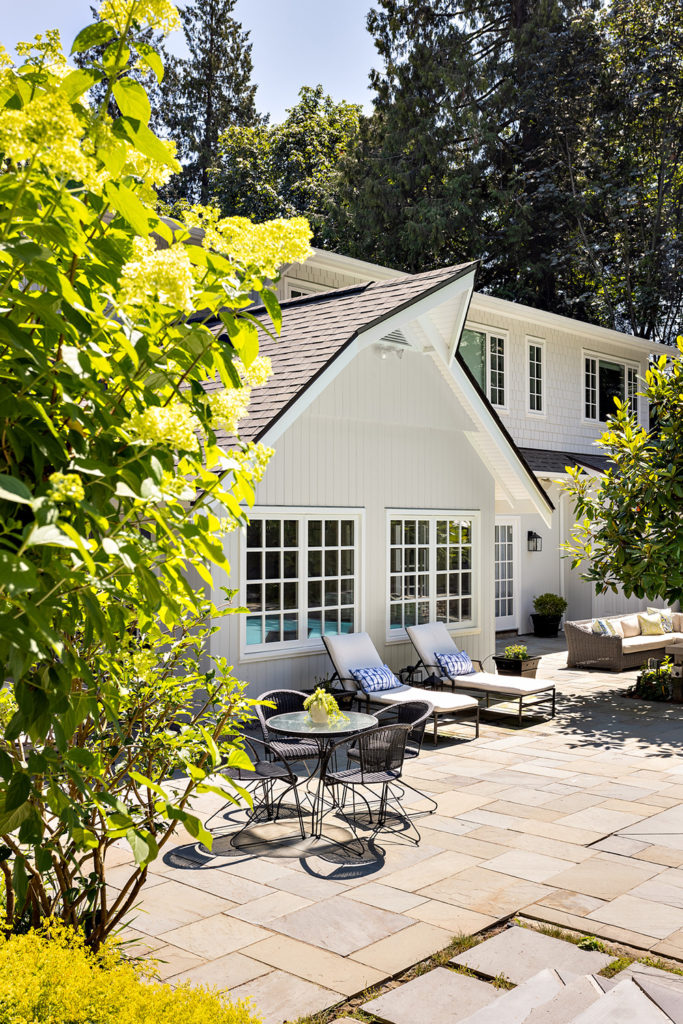
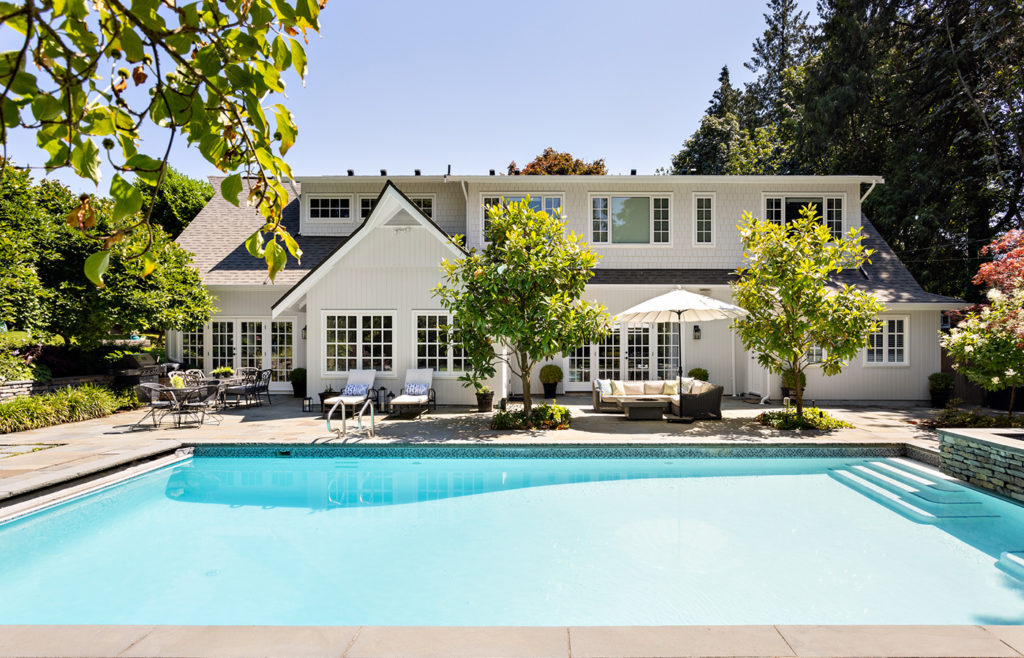
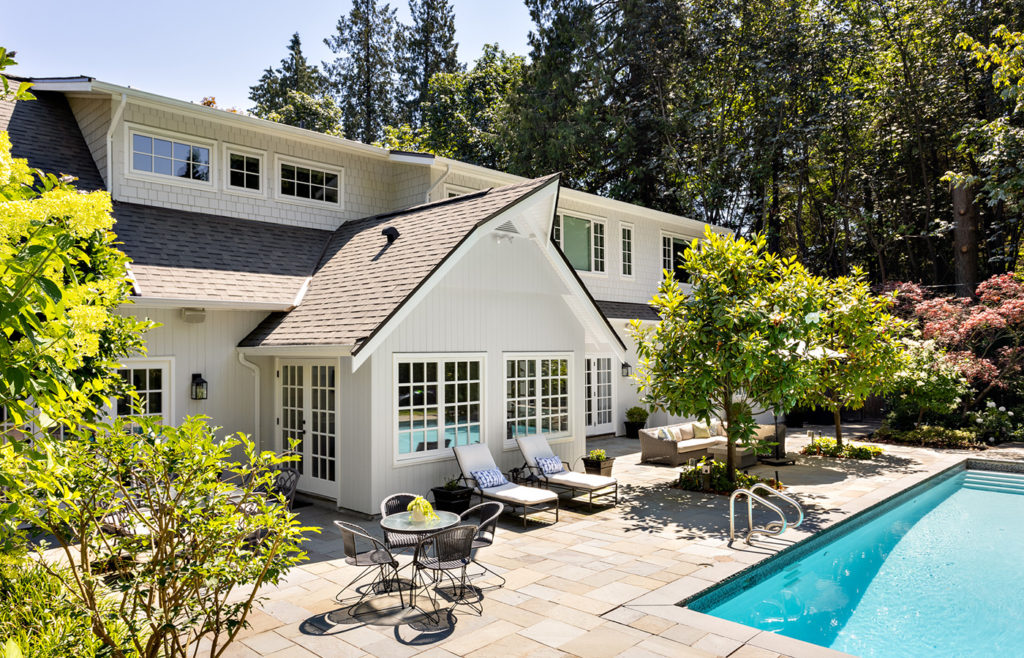
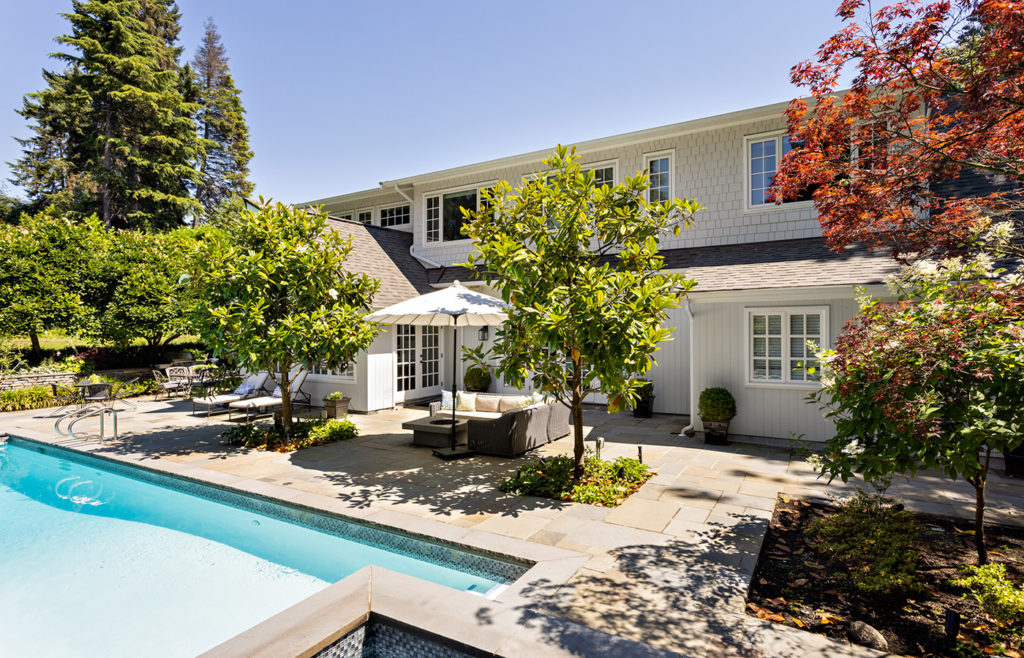
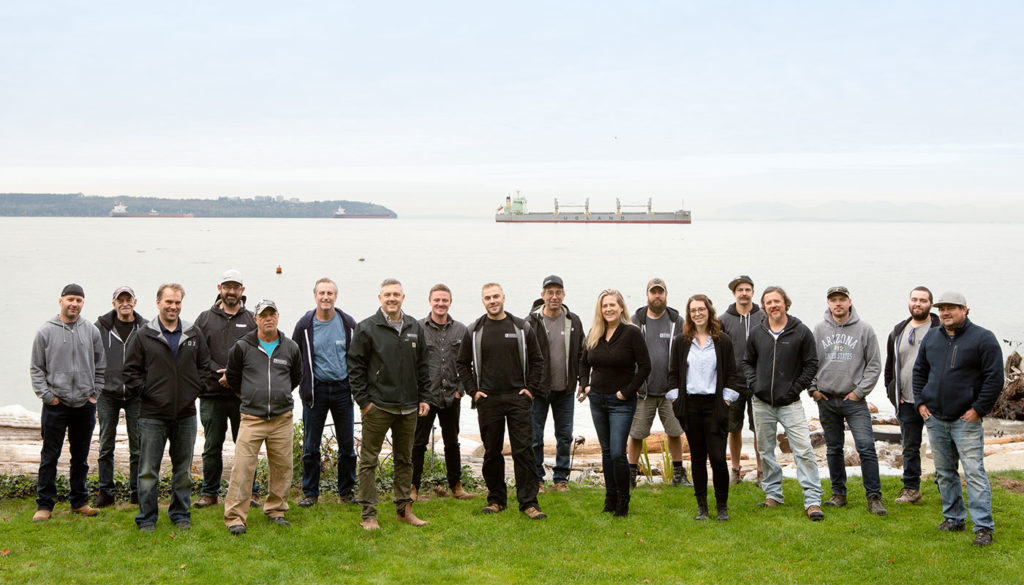
5. Improve Indoor Air Quality
Tight homes need proper ventilation. HRVs and ERVs continuously exchange stale indoor air with fresh, filtered outdoor air while retaining heat. This ensures better humidity control, removes indoor pollutants, and contributes to a healthier living environment. We recommend integrating HRV systems into all Net Zero and Step Code 4–5 homes.
6. Choose Durable, Low-Impact Materials
Select materials that are not only beautiful, but also sustainable. Look for FSC-certified wood, recycled or reclaimed materials, and products with Environmental Product Declarations (EPDs). Low-VOC paints, adhesives, and finishes improve indoor air quality and create a healthier space for your family. Choosing durable materials also means fewer replacements and lower environmental impact over time.
7. Plan for Renewable Energy (Even If Not Today)
Even if solar panels aren’t in your initial budget, pre-wiring for PV or EV chargers is a low-cost way to prepare for future upgrades. Adding conduit during construction makes future installations easier and more cost-effective. Thinking ahead supports your long-term sustainability goals and makes your home more attractive to future buyers.
8. Reduce Construction Waste
The construction industry produces significant waste—but with smart planning, much of it can be avoided. We reduce on-site waste through careful material estimation, supplier coordination, and a commitment to recycling and repurposing where possible. From separating waste streams to reusing off-cuts, our goal is to minimize what ends up in the landfill.
9. Design with Orientation and Natural Light in Mind
Site orientation is a powerful tool for passive design. South-facing windows provide natural light and warmth in winter, while roof overhangs and window shading can reduce summer overheating. Daylighting strategies reduce reliance on artificial lighting and improve well-being. At Kennedy, we collaborate with architects early in the process to maximize passive design benefits.
10. Work with a Certified, Experienced Builder
Sustainable homes demand more than just good intentions—they require precision, technical knowledge, and systems thinking. As a Renomark builder trained in Passive House, Built Green, and Net Zero, we bring a proven track record of high-performance homebuilding. We help clients weigh upfront costs against long-term benefits to make sustainable decisions that last.
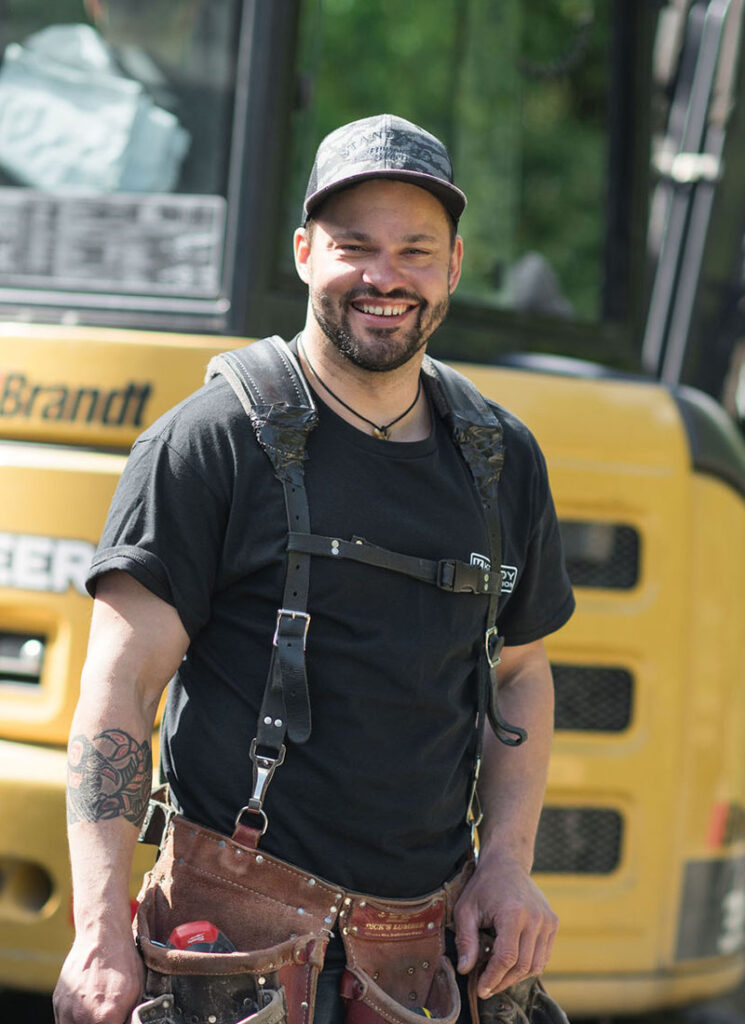
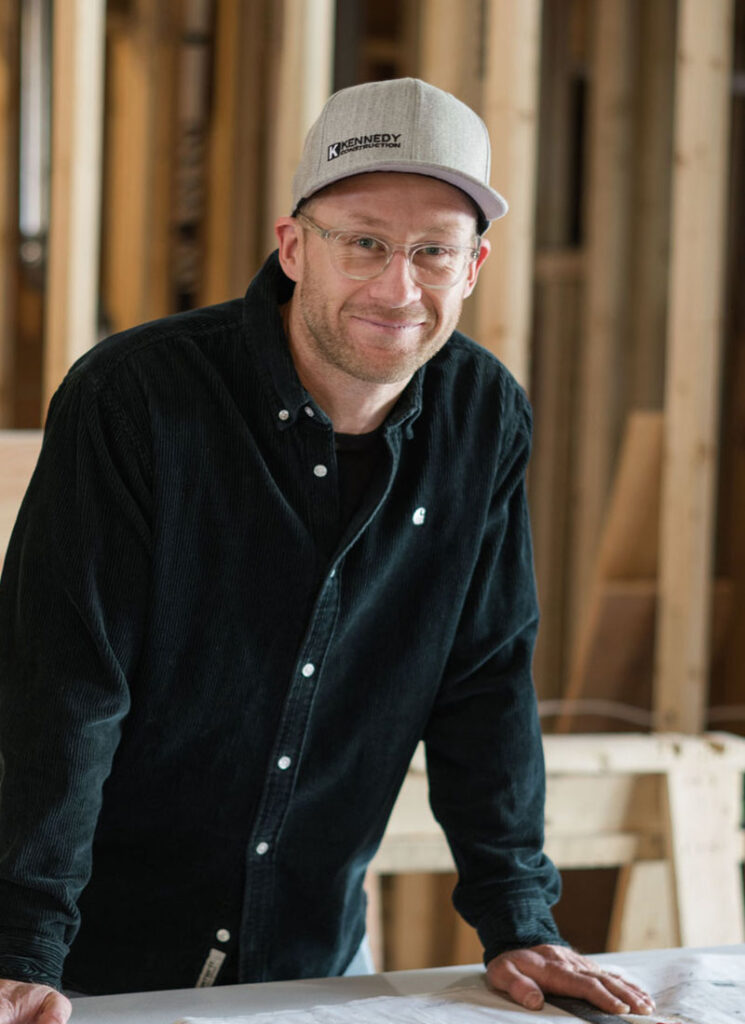
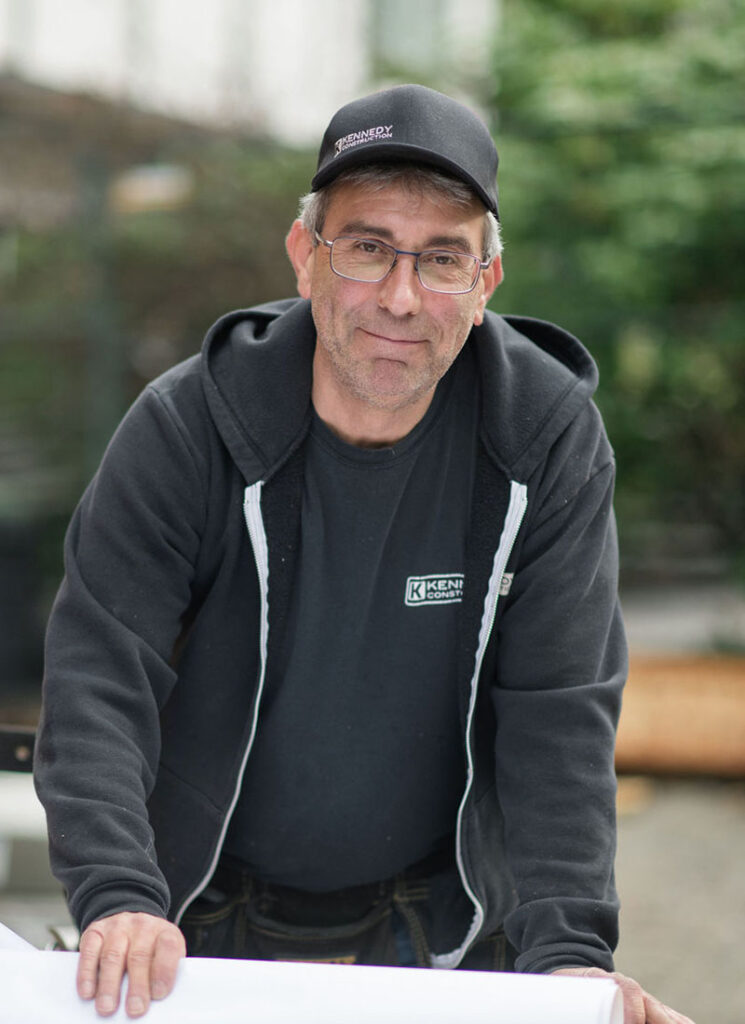
Build Smart. Build Better.
A sustainable home is more than just a checklist—it’s a reflection of your values and priorities. Whether you’re starting a new build or looking to upgrade your current home, these strategies can dramatically improve energy performance, comfort, and long-term value.
Sustainability isn’t a luxury—it’s smart construction.
Ready to build smarter in North Vancouver? Let’s talk.
Contact Kennedy Construction to start your sustainable home journey.
Kennedy Construction — Quality Drives Us Forward.